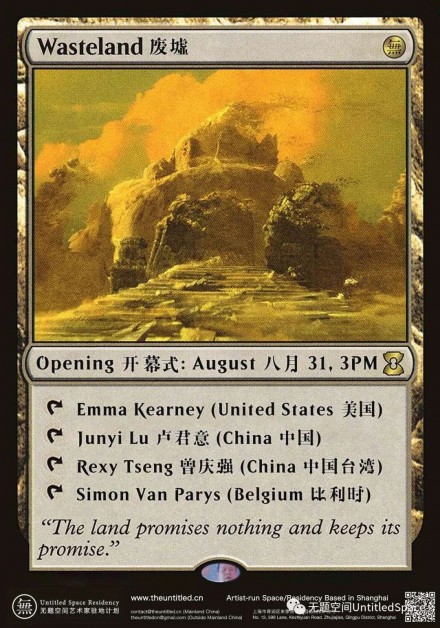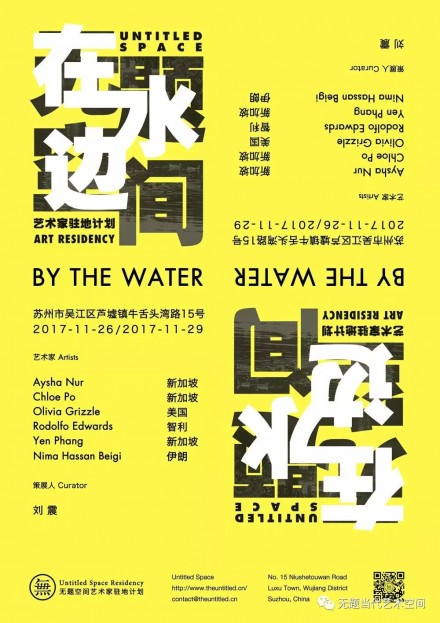驻地成果开放日
2024 December Artist in residence
Adam Centko: Crystal Minds
Regina Johas: Hope Is A Dry Colour
December 1st (Sunday) 16:00, 2024

前言 Introduction
《水晶思维》深入探讨了硅(地球上最丰富的元素之一)从普通矿物到具有创造力和自我表达能力的智能系统支柱的转变。这个作品邀请关注反思人类与自然界不断发展的关系,并探索利用硅作为人工智能媒介的深远影响。
故事从地球深处开始,硅主要以石英等矿物的形式存在。从那里开始,它追溯了硅从开采、精炼到融入半导体等尖端技术的过程。最后,它以硅在创造性表达中意想不到的作用达到高潮,它为能够产生艺术和创意的系统提供动力。这幅图像是通过提示人工智能进行自画像而生成的,并委托人类进行绘制。
中心的小矮人形象正在欣赏原始硅晶体,这是人类不懈开采和开发自然资源的动力的有趣而发人深省的象征。这个数字凸显了我们在重塑自然世界以促进技术进步方面的独创性和共谋性。是我们驯化了硅,还是硅驯化了我们?
通过数字渲染的视觉效果和3D打印雕塑,《水晶思维》探索了自然、技术和艺术的交汇点。它挑战我们去思考智能的起源,无论是自然的还是人工智能的,以及它的道德和环境后果。
“Crystal Minds” delves into the transformation of silicon, one of Earth’s most abundant elements, from a common mineral to the backbone of intelligent systems capable of creativity and self-expression. This work invites visitors to reflect on humanity’s evolving relationship with the natural world and to explore the profound implications of harnessing silicon as a medium for artificial intelligence.
The narrative begins deep within the Earth, where silicon exists primarily as part of minerals like quartz. From there, it traces silicon’s journey through extraction, refinement, and its integration into cutting-edge technologies such as semiconductors. Finally, it culminates in silicon’s unexpected role in creative expression, where it powers systems capable of generating art and ideas. The image has been generated by prompting AI for self-portrait and commisioned to be painted by a human.
A central gnome figure admiring raw silicon crystals serves as a playful yet thought-provoking symbol of humanity’s relentless drive to extract and exploit nature’s resources. This figure highlights both our ingenuity and our complicity in reshaping the natural world for technological advancement. Are we domesticating silicon or is it domesticating us?
Through digitally rendered visuals and 3D-printed sculptures, “Crystal Minds” explores the intersections of nature, technology, and art. It challenges us to consider the origins of intelligence, whether natural or artificial, and its ethical and environmental consequences.
希望是一种干枯的颜色 Hope Is A Dry Colour
我在ACENTRICSPACE驻地期间所做的项目,是以韩裔德国哲学家韩炳哲的《The Spirit of Hope》一书为引点,韩炳哲以对当代社会、技术、新自由主义和文化的分析而闻名。这本书于2019年出版,探讨了在现代危机和当今世界日益增长的绝望感背景下的希望概念。韩炳哲讨论了当代晚期资本主义和超高生产力如何造成一种疲惫感,并认为在环境、经济和社会危机的背景下,乐观和希望已被恐惧和焦虑所取代。他谈到了当今社会以个人主义和表现压力为标志,使人们远离集体感和目标感。但韩炳哲所说的希望不是消极的希望,而是积极的希望,包括抵抗和变革的立场,并表明真正的希望是变革的引擎,是一种力量,可以引导我们重新思考我们的生活方式,建立新的共存和幸福方式。
我们大多数人都生活在一个被环境、经济和社会危机塑造的世界里,感到绝望。因此,受希望是一种变革行动这一理念的启发,我选择了这本书的关键词,这些关键词以一种特殊的方式触动了我,让我对重新思考可能的世界、未来的形式、尚未创造的可能性空间甚至希望作为一种激情的期望产生了共鸣*,这样我就可以重新发明一个对我来说有意义的视野。
希望是一种干枯的颜色:干枯的颜色让人联想到棕色、米色或灰暗的泥土色调—这些颜色与沙漠或干旱景观等恶劣条件下的恢复力有关。通过将希望描绘成一种“干枯的颜色”,我希望将其表达为一种持久的力量,能够在困难或贫瘠的环境中坚持下去。在这种情况下,希望是一种微妙而安静的存在,是艰难、干旱的生活时期必不可少的东西,当其他一切都感觉空虚或耗尽时。希望是一种必要的转变,一种必要的探索运动,走向未知、未知、开放、尚未实现的东西*。(* 我为我的艺术作品挑选的一些韩炳哲的短语)。
My project for the ACENTRICSPACE artist-in-residence has as its detonating principle the book “The Spirit of Hope” by the South Korean-German philosopher Byung-Chul Han, known for his analyses of contemporary society, technology, neoliberalism, and culture. Published in 2019, this work explores the concept of hope in the context of modern crises and the growing sense of hopelessness that permeates the world today. Han discusses how contemporary late capitalism and hyper-productivity create a sense of exhaustion and argues that optimism and hope have been replaced by fear and anxiety in the context of environmental, economic, and social crises. He addresses how today’s society, marked by individualism and the pressure to perform, distances people from a sense of collectivity and purpose. But instead of a passive hope, Han speaks of an active hope, which involves a stance of resistance and transformation, and suggests that true hope is an engine of change, a force that can lead us to rethink our ways of life and build new ways for coexistence and well-being.
Living in a world shaped by environmental, economic, and social crises with a sense of hopelessness is something most of us are experiencing. Thus, inspired by the idea of hope as a transformative action, I have selected keywords of this book that touch me in a special way and connect me with the expectation of rethinking possible worlds, forms of future, spaces of possibility not yet created or even hope as a passion*, so that I can reinvent a horizon that makes sense to me.
Hope is a dry colour: dry colours evoke earthy tones like brown, beige, or dusty grays—colours we associate with resilience in harsh conditions, such as in deserts or dry landscapes. In picturing hope as a “dry colour”, I wish to express it as a force durable, able to persist through difficult or barren circumstances. Hope, in this context, as a presence subtle and quietly enduring, as something essential in tough, arid periods of life, when everything else feels empty or depleted. Hope as a necessary shift, a necessary movement of searching, moving towards the unknown, the untraced, the open, the what-is-not-yet*. (*Some frases of Byung-Chul Han that I picked up for my artwork).
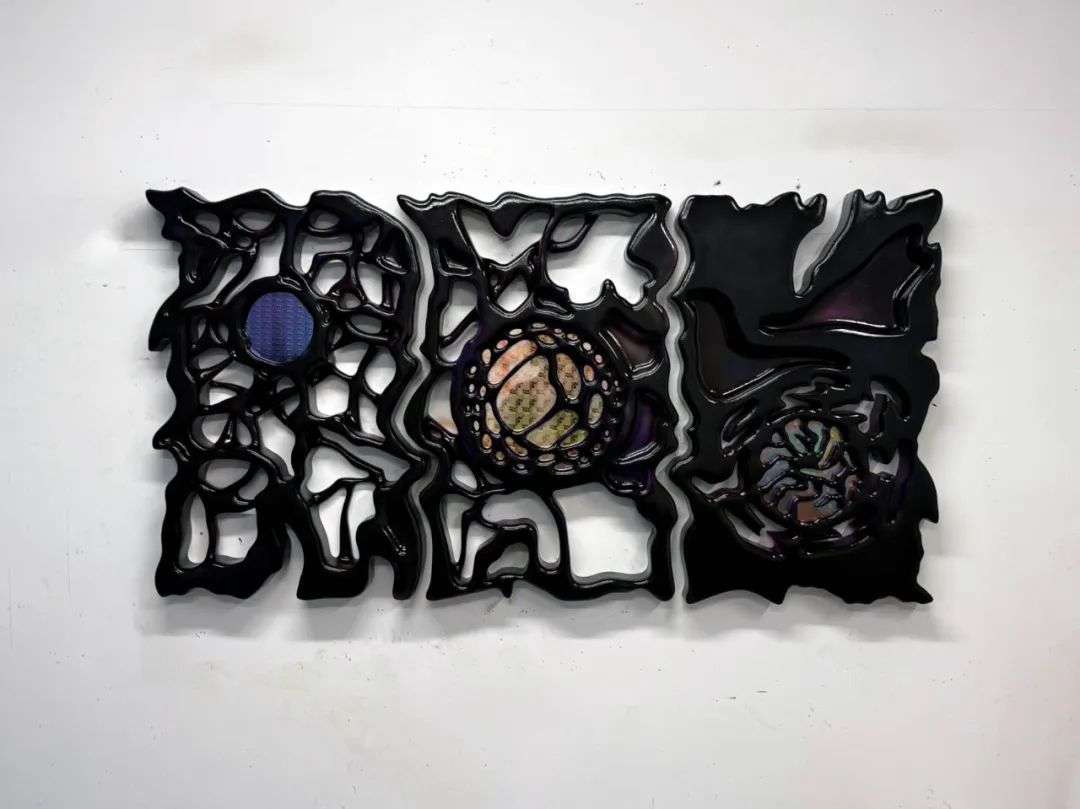


希望是一种干枯的颜色 Hope Is A Dry Colour






关于艺术家 About the Artist

Adam Centko (生于 1997 年) 是一位基于镜头创作的艺术家,他创作探索生态系统中错综复杂的联系,特别关注科技在自然界中的作用。他挑战了对自然和科技的二元认知,认为即使是最先进的人类创造物也是自然秩序的延伸。Adam的实践涉及各种媒体,包括视频、3D动画和3D打印,以激发好奇心并引发对人类在这种复杂平衡中地位的反思。
在此次在中国的驻地期间,Adam沉浸在全球数字制造中心,尝试尖端技术。作为材料研究的一部分,他将参观当地工厂并与他们合作创作一件新的雕塑作品。
他于2020年毕业于荷兰海牙皇家艺术学院互动/媒体/设计系。从那时起,他的作品在荷兰、斯洛伐克、克罗地亚、塞尔维亚、韩国、越南、马来西亚和越南等世界各国展出。最近,他被提名2024年皮克特艺术奖。
Adam Centko (b.1997) is a lens-based artist exploring the intricate connections within our ecosystem, with a particular focus on the role of technology in the natural world. He challenges the binary perception of nature and technology, proposing that even the most advanced human creations are extensions of the natural order. Adam works across various media, including video, 3D animation, and 3D printing, to evoke curiosity and invite reflection on humanity’s place within this complex balance.
During his residency in China, Centko is immersing himself in the global hub of digital manufacturing, experimenting with cutting-edge techniques. As part of his material research, he will visit local factories and collaborate with them to create a new sculptural work.
He graduated from the Royal Academy of Art in the Hague, Netherlands, in 2020 from the Department of Interactive/Media/Design. Since then, he has exhibited his work in countries around the world, such as the Netherlands, Slovakia, Croatia, Serbia, South Korea, Vietnam, Malaysia, and Vietnam. Most recently, he was nominated for the 2024 Piket Art Prize.
“My work addresses mostly the networks of cultural and historical influences that shape spaces and identities, capturing the conflicts, tensions and interactions between narratives, places and the sense of belonging in the contemporary cartography of decolonial relations. With work strategies that include collaboration, research, writing and drawing, as well as installation, video and photography, I seek to explore the interactions between bodies and the territories we inhabit, triggering affections capable of drawing landscapes that are still unthought of.”
Regina Johas is a multi-disciplinary artist from São Paulo, Brazil. She has worked as a researcher and professor at institutions such as UNICAMP (State University of Campinas/SP), FAAP (Armando Álvares Penteado Foundation/SP) and, since 2016, at the Federal University of Rio Grande do Norte (UFRN), in the Art Department (DEART). Over the years, her work has been featured in Brazilian museums (Museu de Arte Moderna/São Paulo; Paço das Artes/São Paulo; Museu de Arte Contemporânea/ Curitiba; Museu de Arte Moderna/Rio de Janeiro; Museu de Arte Moderna/Salvador; Pinacoteca do RN); Cultural institutions (SESC Pompéia/São Paulo; Centro Cultural Vergueiro/São Paulo, Centro Cultural Maria Antônia/São Paulo) as well as international institutions such as Banff Centre for the Arts/Canada; Chamalières/France; Bienal de Cerveira/Portugal; Cardiff/UK/England; Galerie im Margarethenhof in Germany. Her work is part of the public collections of the following museums: (MAM) Museu de Arte Moderna/São Paulo; Museu Nacional de Belas Artes/Rio de Janeiro; Museu de Arte Contemporânea/Paraná; Museu de Arte/Ribeirão Preto (SP), Museu de Arte Contemporânea/Ceará; Museu de Arte Contemporânea/Sorocaba (SP).
“我的创作主要涉及塑造空间和身份的文化和历史影响网络,捕捉当代去殖民化关系制图中叙事、地点和归属感之间的冲突、紧张和互动。通过包括合作、研究、写作和绘画以及装置、视频和摄影在内的工作策略,我寻求探索身体与我们居住的领土之间的互动,引发能够绘制尚未想到的风景的情感”.
Regina Johas是一位来自巴西圣保罗的跨学科艺术家。她曾在 UNICAMP(坎皮纳斯州立大学/SP)、FAAP(Armando Álvares Penteado 基金会/SP)等机构担任研究员和教授,自 2016 年以来,在北里奥格兰德联邦大学 (UFRN) 艺术系 (DEART) 任职。多年来,她的作品曾在巴西博物馆展出(现代艺术博物馆/圣保罗;Paço das Artes/圣保罗;当代艺术博物馆/库里蒂巴;现代艺术博物馆/里约热内卢;现代艺术博物馆/萨尔瓦多;Pinacoteca do RN);文化机构(SESC Pompéia/圣保罗、Vergueiro 文化中心/圣保罗、Maria Antônia 文化中心/圣保罗)以及国际机构,如加拿大班夫艺术中心;沙马利埃,法国;Bienal de Cerveira,葡萄牙;卡迪夫,英国;玛格丽特霍夫画廊,德国。她的作品被以下博物馆公共收藏:圣保罗现代艺术博物馆;贝拉斯国家艺术博物馆,里约热内卢;当代艺术博物馆,巴拉那州;艺术博物馆,里贝朗普雷图 、当代艺术博物馆,塞阿拉;当代艺术博物馆,索罗卡巴。















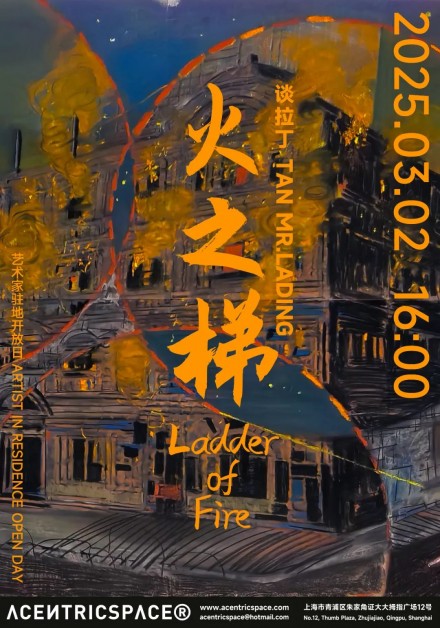














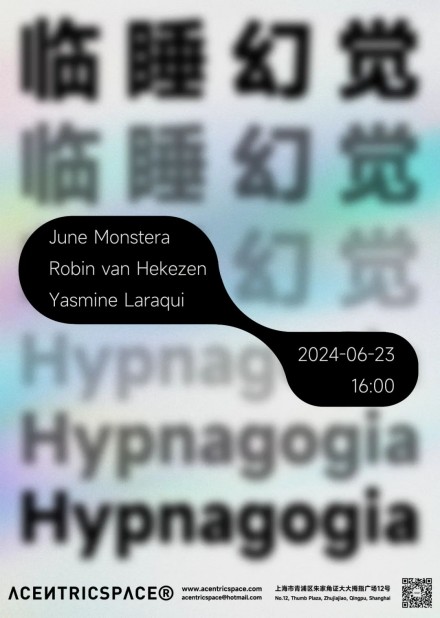



































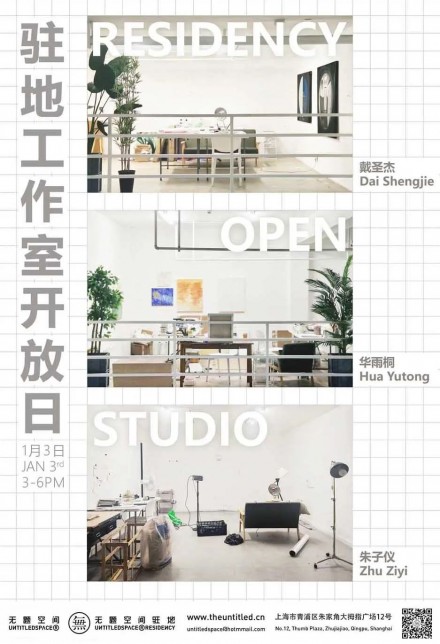






![[超]灾变论 [Hyper-]Catastrophe Theory 舜 Shun](http://www.acentricspace.com/wp-content/uploads/2024/04/wxsync-2024-04-17e42ddfe2087d093ffcdad3f414da34-440x625.jpeg)







